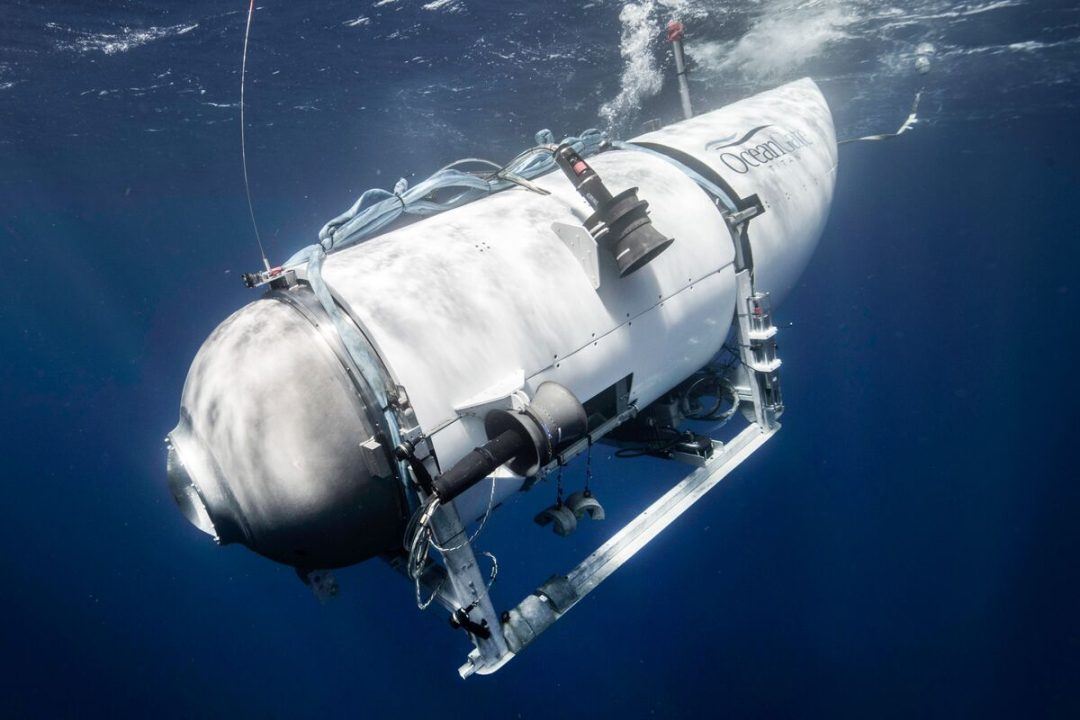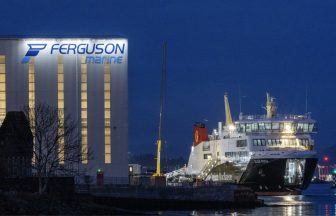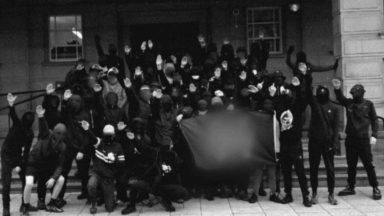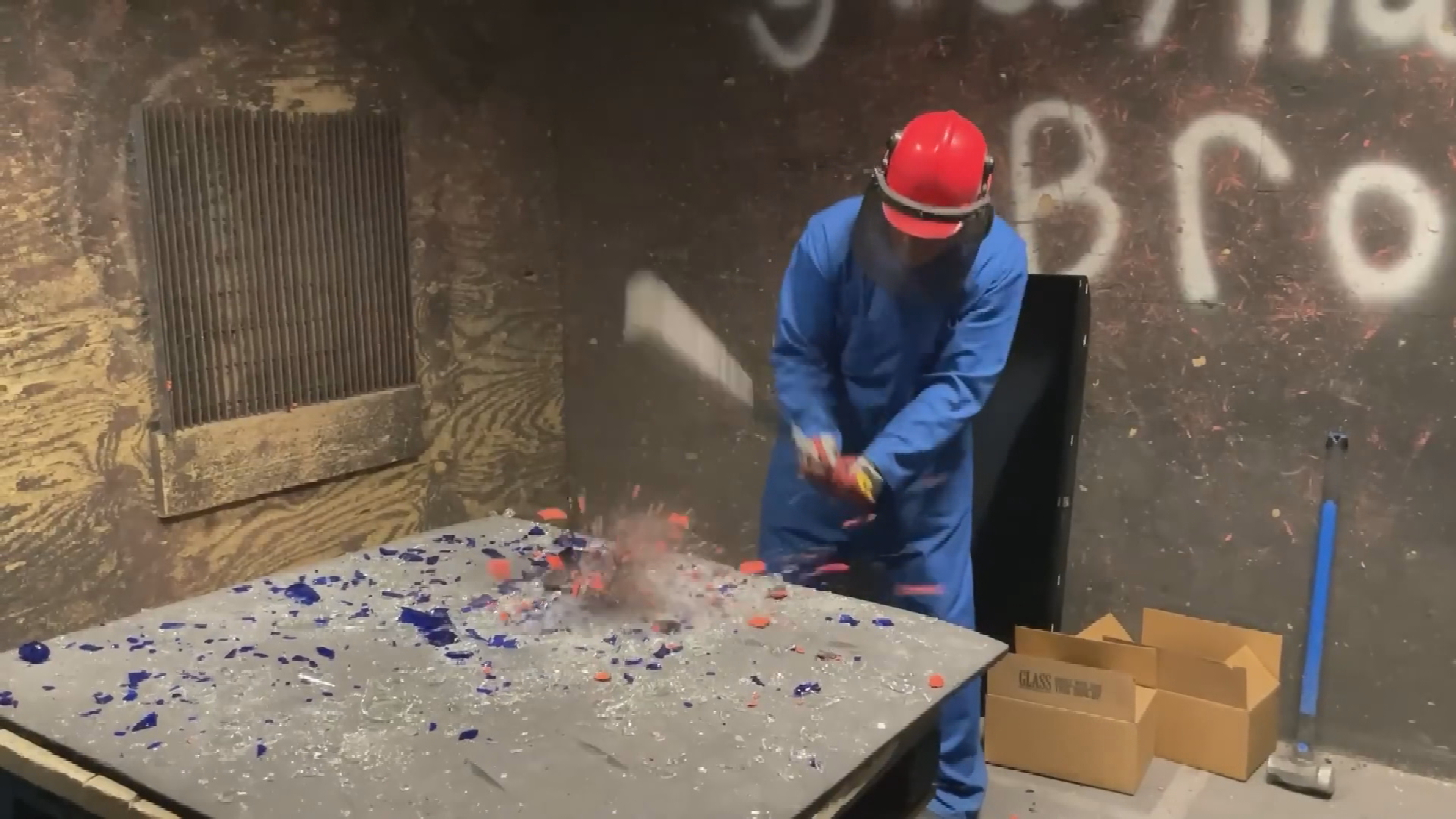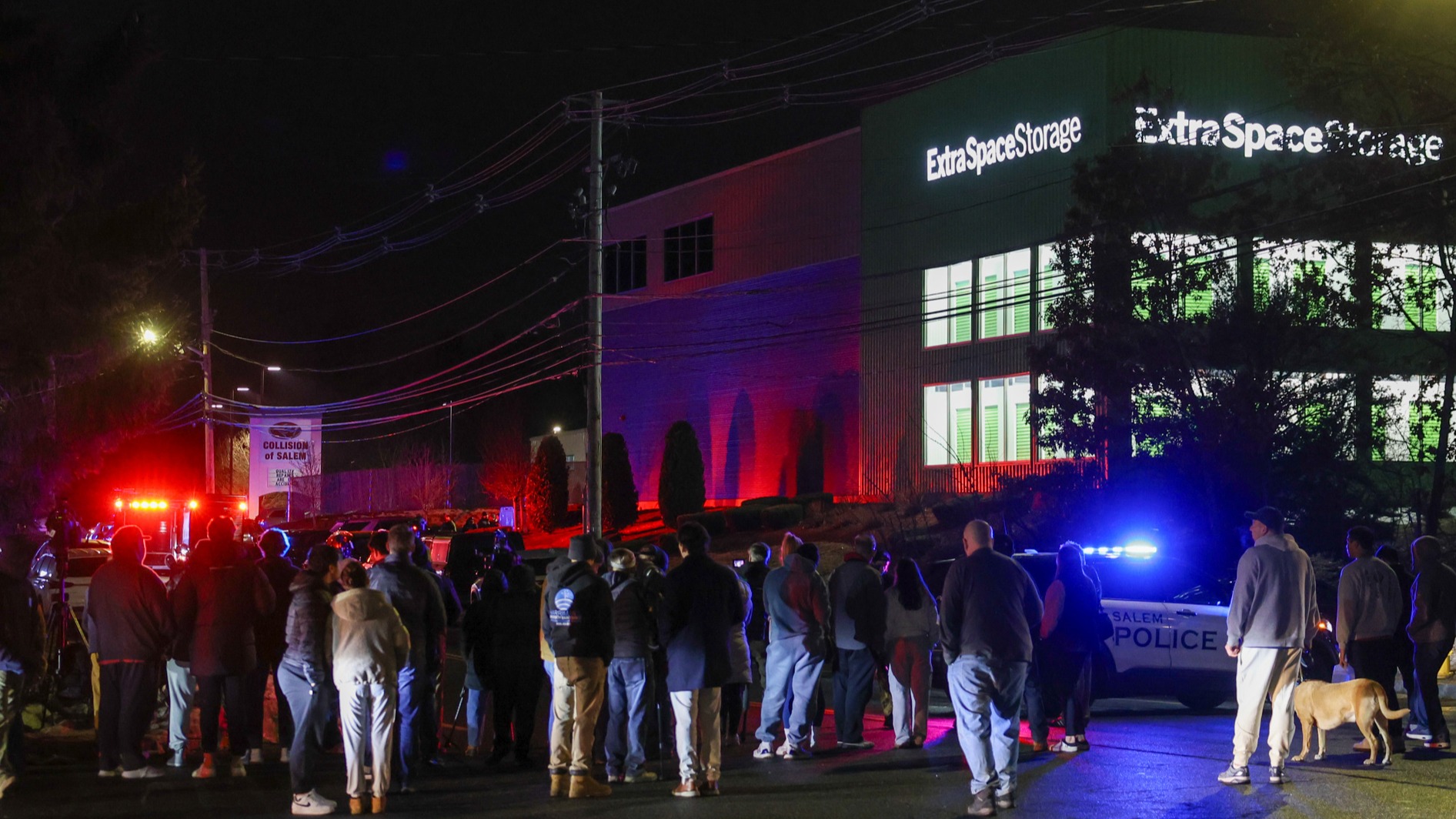The US Coast Guard predicts the oxygen supply in the Titan submersible will run out at 12.08pm UK time on Thursday.
Additional help is being sent to find the missing vessel with just hours of oxygen thought to be left for those onboard.
Titan lost communication with tour operators on Sunday while about 435 miles south of St John’s, Newfoundland, during a voyage to the Titanic shipwreck off the coast of Canada.
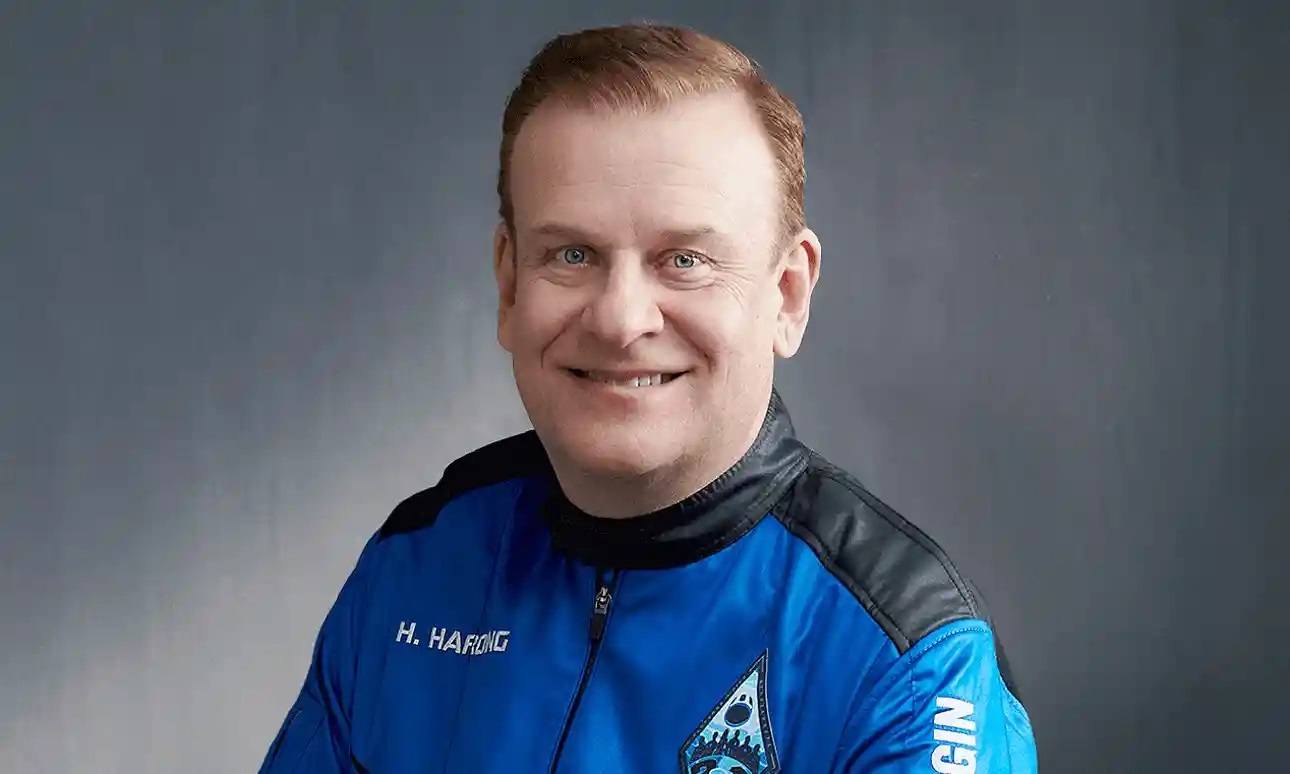 Blue Origin
Blue OriginRichard Garriott de Cayeux, president of The Explorers Club, has confirmed it is sending support to help with the search for the vessel which has British billionaire adventurer and founding member of the Board of Trustees of The Explorers Club Hamish Harding on board, but criticised the time taken to get that help accepted.
He wrote in a statement published on Twitter: “Thanks for all your support and hard work on the rescue operations for our friends aboard Titan.
“I believe we have importantly improved the odds of a positive outcome through our advice, volunteering of services and equipment, and even the political pressure we continue to bring to bear.
“All has been needed. All continues to be needed.
“Magellan is en route (should have been accepted sooner), we are still trying to get side scan sonar (should have been accepted sooner), and still working on ships to transport equipment and other details.
“We continue to come together for our friends, their families and the ideals of The Explorers Club, and the cause of safe scientific exploration of extreme environments.
“There is good cause for hope and we are making it more hopeful.”
The remotely operated vehicle (ROV) provided by Magellan was used last year to scan the Titanic wreckage and can go as deep as 6,000m but reportedly could take up to 48 hours to arrive at the scene.
It will be able to provide help in searching for the missing submersible once it arrives at the search area.
The 6.7m (22ft)-long OceanGate Expeditions vessel is said to have had a 96-hour oxygen supply in case of emergencies.
As well as Mr Harding, in the undersea craft are UK-based businessman Shahzada Dawood, his son Suleman Dawood, and OceanGate’s chief executive and founder Stockton Rush, as well as French submersible pilot Paul-Henri Nargeolet.
The US coast guard has been leading an international rescue effort which was stepped up after underwater noises were heard on Tuesday and again on Wednesday, although experts have been unable to determine the cause of the sound.
Deep-sea explorer Dr David Gallo claims the sounds are a positive sign and could only be the vessel due to the reported 30-minute intervals between sounds.
He told Good Morning Britain: “In this case, the noises are repetitive, every half hour I believe.
“Three different aircraft heard them in their sensors at the same time and it went on for two days-plus.
“It’s still going on apparently. There’s not a lot in the natural world we can think of that would do that every 30-minute cycle.
“We have to, at this point, assume that that’s the submarine and move quickly to that spot, locate it and get robots down there to verify that is where the submarine is.
“They’ve got to go fully ready as if that was the sub because it takes a while to locate it and get it up to the surface, it takes hours.”
One of the vessels sent to help search efforts is French research vessel L’Atalante which carries a remotely operated vehicle (ROV), Victor 6000.
This ROV has a capacity to lift the Titan ship to the surface.
The area of the search has been expanded, with the surface search now about 10,000 square miles, and the sub-surface search about 2.5 miles deep.
The coast guard had five surface vessels searching for Titan on Wednesday and they expected there to be 10 by Thursday, Captain Jamie Frederick said at a press conference on Wednesday.
He added: “What I can tell you is, we’re searching in the area where the noises were detected, and we’ll continue to do so and we hope that when we’re able to get additional ROVs (remotely operated vehicles) which will be there in the morning, the intent will be to continue to search in those areas where the noises were detected, and if they’re continuing to be detected, and then put additional ROVs down on the last known position where the search was originally taking place.”
Asked whether the mission was changing to become a recovery search, he said: “This is a search-and-rescue mission 100%, we are smack dab in the middle of search and rescue and will continue to put every available asset that we have in an effort to find the Titan and the crew members.”
Titan is believed to be about 900 miles east and 400 miles south of Newfoundland.
It is not known how deep the vessel is, with the seabed being around 3,800m from the surface.
Questions have been raised about the safety of the vessel after it emerged earlier in the week that a former employee of OceanGate had raised concerns over “safety and quality control issues regarding the Titan to OceanGate executive management”.
David Lochridge, OceanGate’s former director of marine operations, claimed in an August 2018 court document that he was wrongfully fired after flagging worries about the company’s alleged “refusal to conduct critical, non-destructive testing of the experimental design”.
On Wednesday Kathleen Cosnett, a cousin of Mr Harding, 58, told the Telegraph that OceanGate’s eight-hour delay before contacting the authorities was “far too long”.
She said: “It’s very frightening. It took so long for them to get going to rescue them, it’s far too long.
“I would have thought three hours would be the bare minimum.”
Sean Leet, co-founder and chairman of Horizon Maritime Services, which owns the Polar Prince mothership from which Titan launched, defended the company at a separate press conference on Wednesday.
He said: “OceanGate runs an extremely safe operation.
“Our full focus right now is getting that submersible located and getting those people brought back safely.”
Follow STV News on WhatsApp
Scan the QR code on your mobile device for all the latest news from around the country


